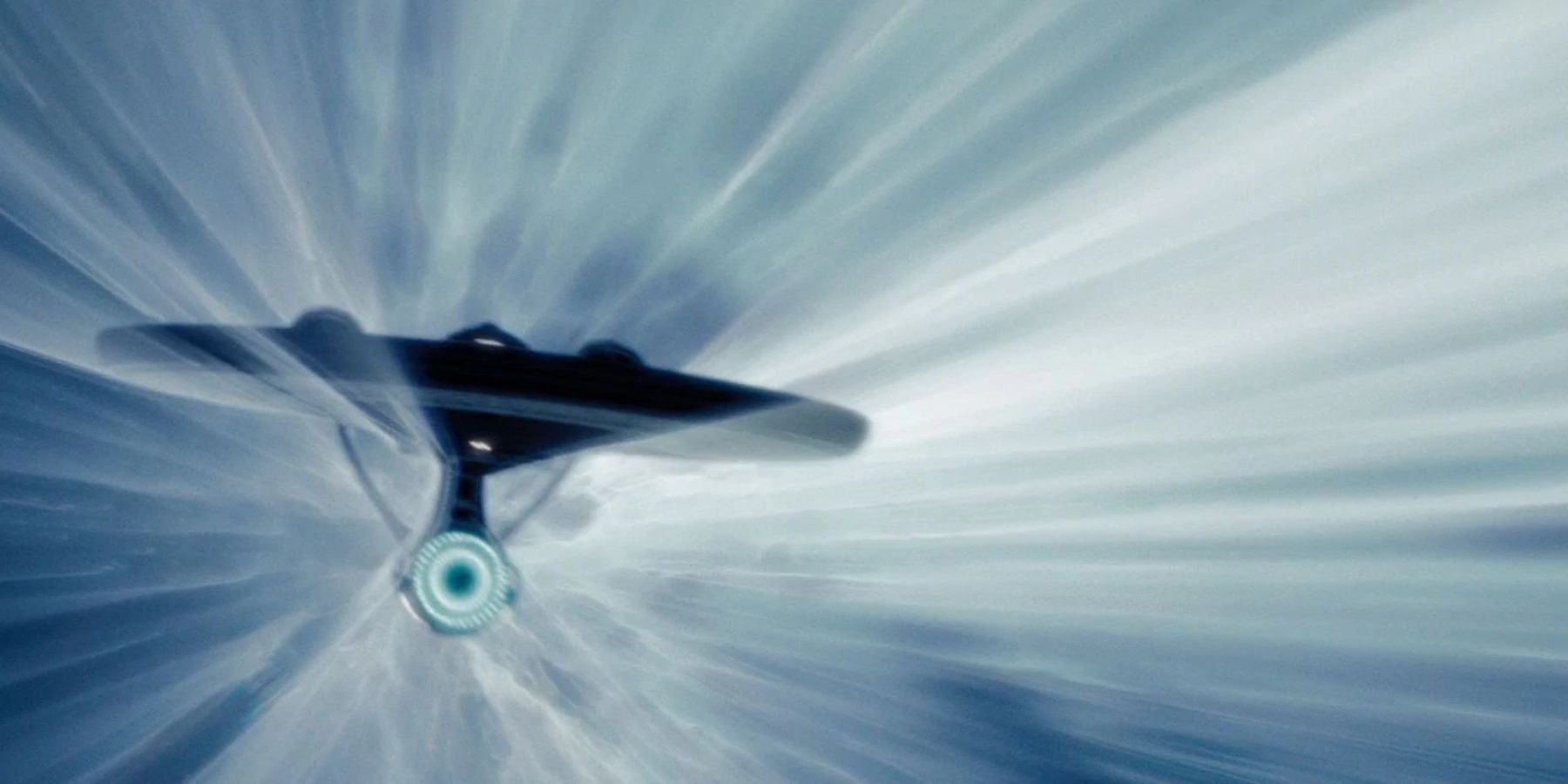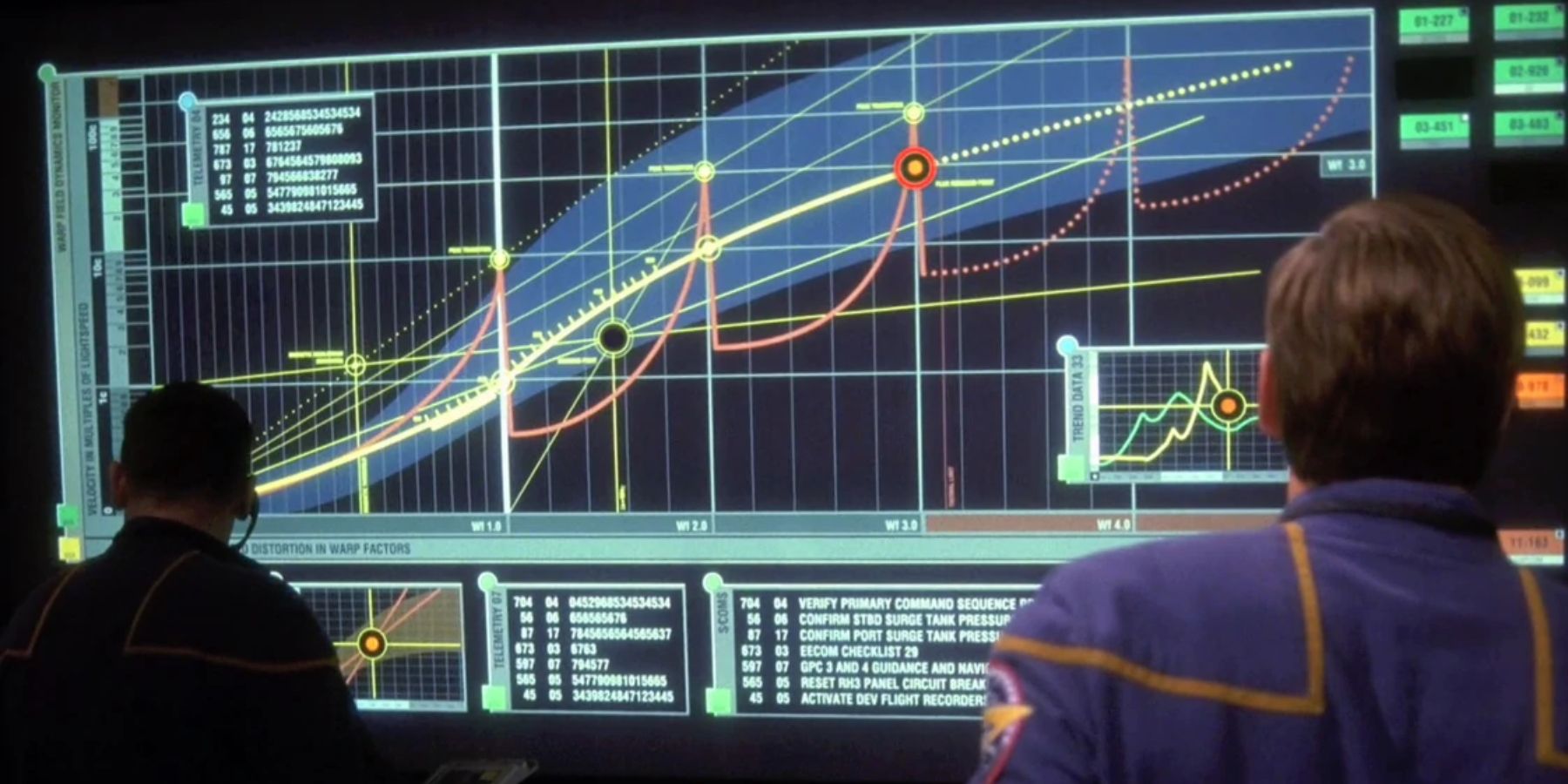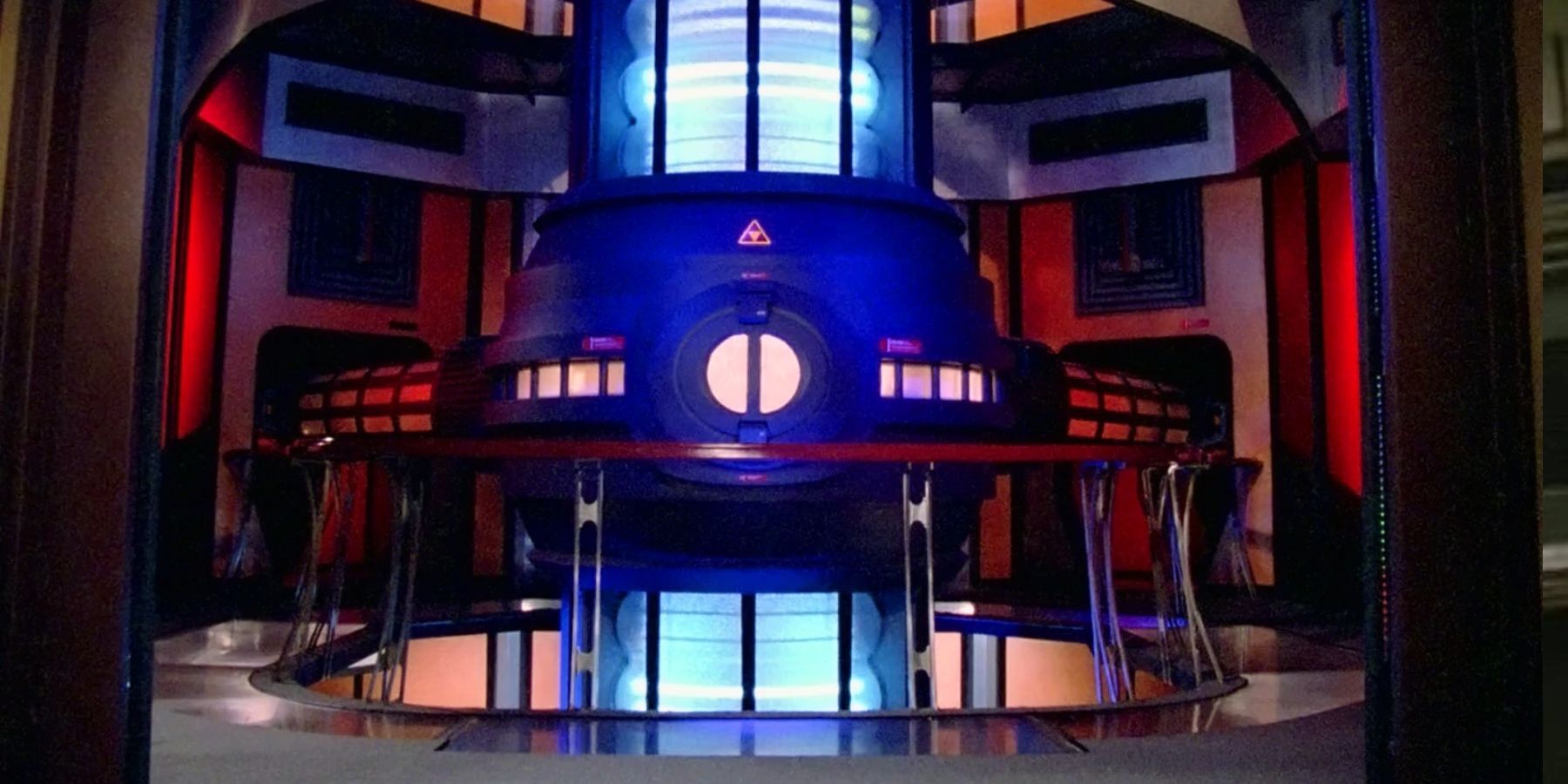The universe created by the wonderful mind of Gene Roddenberry back in the late 1960s contains a myriad of wacky and wonderful things, from fabulous diverse alien races, to a dizzying array of futuristic technology. One such incredible piece of tech sits at the very heart of Star Trek. Without it, there wouldn’t be much of a show at all, and those such as Kirk and Picard would be extremely limited in exploring the miraculously empty Milky Way. The technology, of course, is the Warp Drive, and acts as an important cornerstone within the vast Star Trek history.
The Warp Drive's Role In The Star Trek Franchise
The Warp Drive is fundamental for two distinct reasons. One is that it acts as an important marker for First Contact between the Federation (or the Vulcans before the Federation was formed) and the developing culture. The reason behind this is rather simple: if a species is able to traverse the universe more easily, they will eventually run into alien species, so they may as well introduce themselves. It also acts as a significant marker for a culture being advanced enough to handle the wealth of technology and information shareable by the federation, without it skewing the culture's natural evolution.
The second reason behind the importance of the warp drive even simpler: space is really, really big. Traversing it even with warp drive technology can take weeks to months — and that’s just from traveling between two fairly close star systems. The crew of the USS Voyager understand this all too well. Captain Kathryn Janeway's journey to bring her crew home from the Delta Quadrant took an estimated 70 years, not including pit stops and detours along the way. The writers of Star Trek needed a solution so that each episode was not just a slow moving jaunt through space twiddling their thumbs in the holodeck, and to close the vast distances between star systems, and thus Warp Drive (or Hyperdrive as it was classed in the pilot episode) was born. Audiences may hear the term frequently, but how exactly does it work?
The Technology Behind Fictional Space Travel
Despite warp drive being purely fictional, a lot of thought had been put into explaining and exploring the science as to how it might work. Star Trek drew on various examples of previously written science fiction to create its own fusion of how this intergalactic space travel might work, and it has only been expanded over the years. The first example of such travel using such speeds was first mentioned in the 1915 - 1921 novel Skylark of Space, so the idea had been around for a while. The biggest problem with this kind of space traversal is that the speed in which an object would have to go to travel such distances would have to be faster than light. Overlooking this impossibility sewn by Einstein's theory of relativity, warp travel works by warping space-time like the folds in cloth, bending reality somewhat to allow for travel at such speeds.
To do this requires an immense amount of power. Of course, it would make sense that for a futuristic civilization they would also have a futuristic power source. In Star Trek, the main fuel is created by burning both matter (in this case deuterium, a type of hydrogen gas) and antimatter in a fusion reactor, controlled carefully through the mediation of dilithium crystals. This creates a warp bubble, or field, around the vessel, which would distorts the local space-time continuum and allows for travel that would not normally be permitted by the laws of physics.
These speeds are measured in warp factors, and go all the way up to warp 9.99. It is possible to go faster, as discovered by renegade pilot Tom Paris in the Voyager series, but speeds this great started to bend reality a little too much, and results in being absolutely everywhere all at once. As a result, it is highly unstable and not a plausible method of transportation. Warp factors in the Original Series were defined as the number cubed and then multiplied by the speed of light; for example, Warp 4 is defined as 64 times the speed of light. Things changed, however, as the writers introduced more and more into the universe. During The Next Generation, the specifics behind warp got a little relaxed, and the writers made these distances work for whatever was best for storytelling.
Warp drive technology is at the very heart of Star Trek, and is arguably one of the most important pillars for its storytelling. Not only is it fundamental to almost every single episode, as the necessary means their crew rely on more than anything else to simply get around, but there have been multiple entire episodes exploring the possibilities and problems surrounding it — including, in Discovery, what happens when it is severely limited. It is integral to the series, and will likely remain so throughout the franchise.



